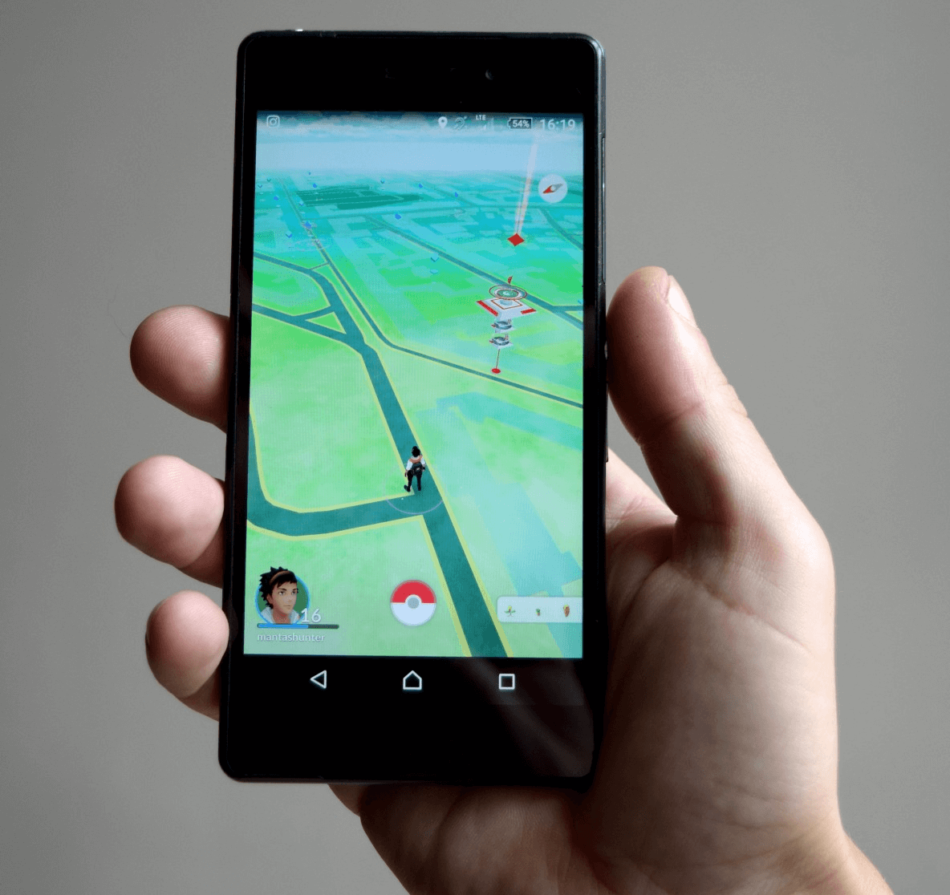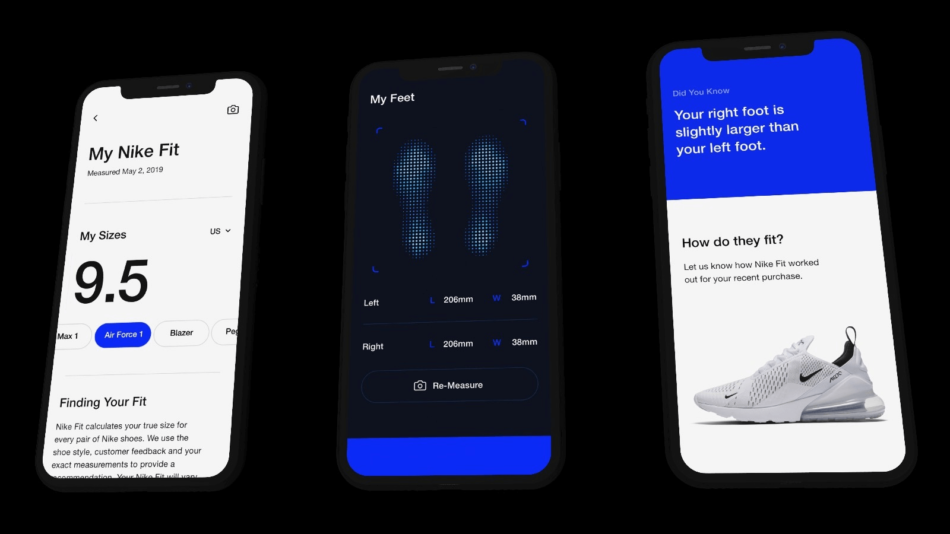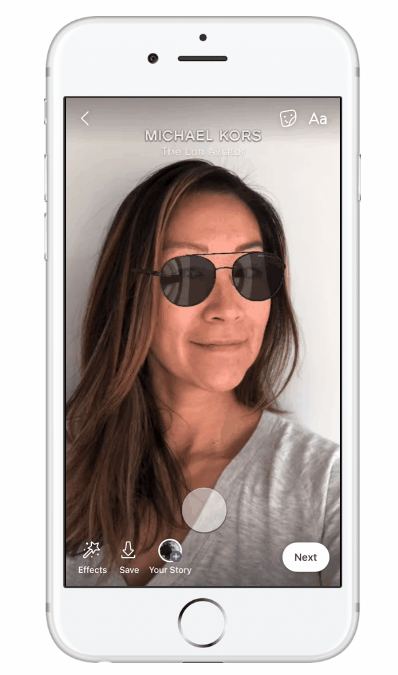A few years ago, a mobile game took the world by storm and became the subject of news headlines. Yes, we are referring to Pokémon GO, the AR game that became the game-changer for the gaming world. By bringing together real-life and on-screen gaming movement, this augmented reality game opened a new vista of opportunities for gamers and content makers around the world. Here’s how some brands successfully implemented AR in social media.

Source: pxhere
Pokemon Go was the first significant milestone for AR gaming and AR-based marketing content. Since then, AR is continuing to be featured across games and marketing content across the niches. Can the app developers and marketers use augmented reality to revolutionize social media marketing and garner a more significant impact than other means? This is something we would like to inquire through this blog post.
Augmented reality and Social Media
AR Based Virtual Stores on Social Media Platforms
A lot of us already developed the habit of buying through the online marketplace and stores across social media platforms. With the help of AR Apps, we can explore their store more widely because of the tech applications they have. By spending a couple of minutes on their store virtually, we can follow up on the purchase of specific products.
Social media storefronts made shopping more straightforward and more comfortable than ever before. This is how brands are able to gain more customers over the years through social media.
Now, as social shopping is getting traction and is slowly catching up with traditional online stores, marketers are on the lookout for advanced technologies to make the social shopping experience better. When Pokemon Go was downloaded hundreds of million times within a span of few days, the power of AR-based content for social shopping was proved once and for all.
Gucci’s new #AR try-on app is pretty cool https://t.co/Qsq4Oybjsf pic.twitter.com/ytXqJdQk4E
— Ricardo ?? (@RicO2O) June 28, 2019
Another major way AR technology can have big implications on social media marketing is through hyper-local or location-sensitive content marketing that caters to specific audiences at specific locations. For example, a travel application using AR-based video showcasing travel attractions helps travelers and locals to find out their favorite places of interest. In the same manner, businesses and enterprises also market products specifically for locations with the help of AR-based audio-visual content.
Snapchat
AR has already been intertwined with social media content thanks to some social platforms that took the most advantage of this technology. Snapchat has been the leading app as of now concerning incorporating augmented reality into social media content creation.
In many ways, Snapchat extends the reality of the content by bringing real-life and on-screen actions closer together. For example, the users on Snapchat can use or create their AR filters and lenses. Snapchat also introduced AR-based selfie games called Snappables that extended the AR gaming into social media. With the recent introduction of Shoppable AR on Snapchat, this social media platform extended AR tools to marketers as well.
Instagram also introduced the AR experience and is closely following the footsteps of Snapchat. Let’s consider a case where brands on Instagram successfully implemented AR.
Kylie Jenner’s Kylie Cosmetics brand is a well-known hit. They allow you to buy their products through their online store and try out their products through an Instagram filter. Those that follow Kylie on Instagram can use her “Lip Kit” filter to see what they would look like if they used her lipstick.

Source: Gadgetmatch
It makes sense that Kylie would establish her business on Instagram. She started out with an online-only store and branched out onto the second most engaged social network on the market. With 149 million followers on her own Instagram profile, her cosmetics were bound to become a hit.
Recently, Facebook also came up with Facebook AR Studio, which can be utilized by artists and developers to deliver a more interactive and intuitive experience with a camera on Facebook.
Clearly, one of the best outcomes of this is that you can get feedback from friends in real-time. All your Facebook friends are one click away from helping you make a decision.
AR with 360 Degree Videos: A Great Bet for Content Marketers
At this time, 360-degree videos are increasingly getting popular and the popularity of Google Street View is a good example. This is creatively incorporated by marketers to give the audience a real-life look and feel about the things they are about to purchase. For example, a 360-degree video of the interior and exterior of a hotel room, for example, Valamar Dubrovnik President Hotel or a new apartment can help customers to make more informed choices.
Thus 360-degree video content coupled up with 3D technology can help a customer physically tread through an ambiance. For example, the Amikasa 3-D Room Designer now facilitates a virtual walk for customers on the floor to evaluate whether they like the floor plan or not. This is just a small example of how AR in social media marketing can offer customers a first-hand look and feel.

Source: engadget
Consider Nike. Once you download their app, you’ll be able to use AR to see what size shoes would fit you best. Instead of going to the store in person, you can save time by selecting the type of shoe you like, and pick the perfect fit. This is a definite plus of living in the new digital age.
Conclusion
Augmented reality is something we already live with. But how this extending and stretchable reality, bringing together both the real-life objects and the digital actions, can bring business outcome is subject to creativity and innovations.
What were some of your favorite AR innovations? Think of a few, and find ways to incorporate it into your own marketing strategy.









